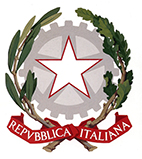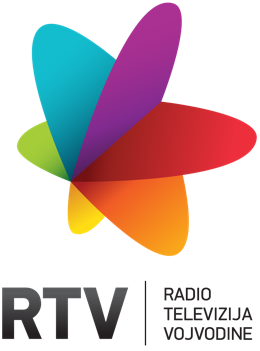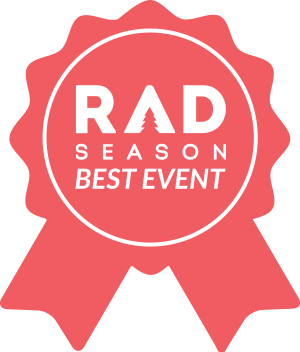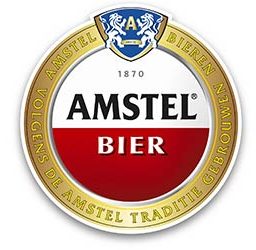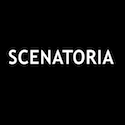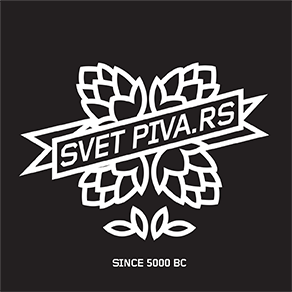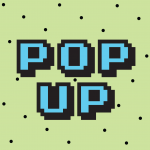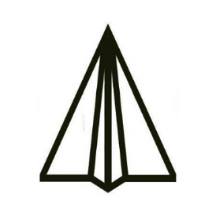Suburbium – a new chance!
The new regulation of private-public relations in transitional societies can also be viewed through the use of urban public spaces. With the commercialization of public spaces, the public domain progressively recedes in favor of the private sector to secure „lucrative use and make room for new jobs“. In zones of architectural heritage, public spaces are simultaneously the most valuable common cultural commodity, and the most attractive commercial resource for developing the entertainment industry and night life economy, creating higher demand among interested parties.
The unequal allocation of public space as a collective commodity, part of a limited pedestrian zone located in the old city core of Novi Sad, has been a dominant process in recent years. The curtain of historical and stylistic buildings, regardless of their status as renewed, neglected, or made unattractive by advertising „decorations“, is a desired environment for various business endeavors, while their limited numbers are not enough to satisfy all interested parties in an overgrown city. The „appeal“ of this zone usually comes down to a combined model – nightclub/café/fast food restaurant, which, together with their summer gardens, make additional interpretation, repurpose, and free flow of communication difficult. Even though a large portion of public space has gone into the private sector, above all the service industry, with only occasional variety of cultural activities spanning from small fairs (wine, honey, books, local crafts, etc.) to festivals, concerts and other events native to the tradition of European cities. There is no doubt that the cultural, historic and architectural appeal of Novi Sad’s central core attracts various parties, whose motives are, in a sense, balanced and regulated by the city’s institutions. However, despite that effort, the service industry with its modest cultural and spiritual offer has taken primary role, making the use of public space for other activities difficult, or even impossible.
One area of Novi Sad, with a rich and valued material and immaterial heritage, in that sense has been left intact and (luckily) forgotten. Petrovaradin Fortress, and especially the Suburbium are set in the collective mental map of Novi Sad’s citizens as something distant, high and unconquerable. Additionally, the unattractiveness of the Suburbium has also much to do with the function of the transportation corridor, surrounded by devastated buildings and neglected public spaces. Even so, the value of this idle cultural and spatial resource, both for Novi Sad and Petrovaradin Fortress, is unquestionable. Idle public spaces are, for now, consist of the main, Belgrade Street (due to intense traffic, air and noise pollution, lack of space) and partially the blocked parking lots in Štrosmajer Street and Prota Mihaldžić Street, but in general, the Suburbium has undisputed potential for reanimation, facade and public space renewal, infrastructure and traffic management. With this kind of approach, seeking balance between culture and entertainment, commercial and alternative, extending public interest, and providing consistency in care for the availability of this spatial resource in a rich cultural and historic environment as is the Suburbium. This goal is achieved through partnership and cooperation with relevant parties, through tried and practiced models established abroad.
If the pedestrian zone in Novi Sad’s city core is profiled exclusively as commercial based in the service industry, several streets of the Suburbium can become a new platform for equal division among interested parties, rearticulating the value of the city’s community, but also enriching and decentralizing the cultural and entertainment offer of Novi Sad. Conceiving a specific model for Novi Sad and Petrovaradin Fortress and securing its long-term application, would become one of the best contributions to raising Novi Sad as a cultural capital.
— Author: Darko Polić, architect
This post is also available in RS.
This post is also available in RS.








